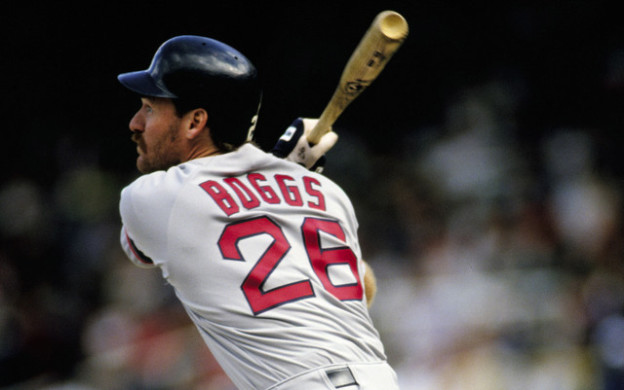Yesterday, the Veterans Committee from the Baseball Hall of Fame voted on whether any former players that had not been elected by the Baseball Writers’ Association of America deserved induction and, of the twenty-five candidates on the ballot, not one of these legendary figures made the cut. Two former greats, Ron Santo and Gil Hodges, were the closest to gaining entrance with 65% of the vote, eight votes shy of enshrinement. Tony Oliva and Jim Kaat, two other luminaries from the game, gained just a little more than half the vote. Meeting biennially, the committee was revamped after the election of former Pittsburgh great Bill Mazeroski in 2001; there was the argument that his career numbers were hardly worthy of the standards necessary to sit alongside names like Ruth, Williams, and other immortals. By not electing a single player to join Wade Boggs and Ryne Sandberg this July, the outcome makes it two straight shutouts served by the committee, as no one was elected in 2003.
The Hall hails these results and those of recent BBWAA ballots as proof that it has set higher standards for induction, meaning that punching your ticket to immortality won’t happen if you don’t meet considerable merit. Then there are those who believe the Hall has suddenly become an elitist organization that has set the level of expectations for membership too high. Whatever the case, it is quite obvious that, for too long, the metrics used to decide whether a candidate should be elected have been inconsistent and this, in turn, has only added to the confusion. Obviously, there is more to being worthy than just wearing your heart on your sleeve for twenty-plus seasons; you need to have numbers, honors, and a show of consistency to pad that resume. Yet there are players out there with all that who still find themselves on the outside looking in through locked gates while believing that they have what it takes to be given the key.
Jim Rice, to me, is a perfect example of a former player who is more than deserving of having his plaque alongside the greats of the past. For well over a decade, the former Red Sox great was a constant force at the plate, averaging nearly .304 with 29 home runs and 106 RBI. He also finished in the top five in the AL MVP vote six times during that stretch, winning his only award in 1978 when he stroked 46 home runs and drove in 139 RBI, best in the league that year, while hitting .315 and finishing less than twenty points behind league-leader and future Hall of Fame inductee Rod Carew. Unfortunately, there are two things that seem to hurt Rice; one, that he struggled in his last three seasons at the plate, and two, that he was never a favorite of the writers, who saw him as callous and aloof.
Rice is not the only player that has been mysteriously locked out; Bert Blyleven is another example. The former pitching great finished his career with 287 wins and an ERA of 3.31 and was 5-1 in the post-season with two World Series rings to his credit. He won fifteen or more games in a season ten times and is fifth all-time in strikeouts with 3701. Blyleven’s problem seems to be that he played most of his career for teams that never received much media attention, like Minnesota and Cleveland. Had he pitched in Boston, New York, or Los Angeles, some believe he would be a lock.
There are plenty of other examples, too. Kaat won 283 games as a starter, pitched three seasons in which he won 20 or more games, and collected 16 consecutive Gold Gloves at his position (tied with Hall of Fame great Brooks Robinson for most ever in a row); why is he still not there? Andre Dawson’s career numbers include 2774 hits, 438 home runs, and 1591 RBI, and he collected Rookie of the Year honors, an MVP award, and eight Gold Gloves during his career; why is he still absent? Jack Morris won 15 games or more in 13 seasons and also collected three World Series rings and a World Series MVP award; does he not deserve this distinction?
Nonetheless, the fact remains that there will always be nominees, often times a sentimental favorite, who fail to make the cut; both fortunately and unfortunately, the popularity of a player cannot be the measuring stick to decide if they will get the nod. Often, numbers are thrown around that define whether a candidate is an automatic entry, such as 3000 hits, 500 home runs, and 300 wins; these are all numbers that, of the tens of thousands of players that have put on a major league uniform, only a few have matched in a solid baseball career. So when a player has failed to amass these numbers, then you must dig deeper into his statistics and determine whether he has performed at a level in his career that makes him a worthy candidate.
As someone with a great interest in the history of the game, the Hall of Fame is an embodiment of its remarkable heritage. For a player to have his name preserved for years to come as a representation of baseball excellence is one of the highest accolades in sports; therefore, voters have a responsibility to make these choices based on standards that are evenhanded and constant. Until the Hall begins to demonstrate some consistency and fairness in its selection process, it will be difficult for those outside this circle to understand why some legendary players are still waiting for the call from Cooperstown.


